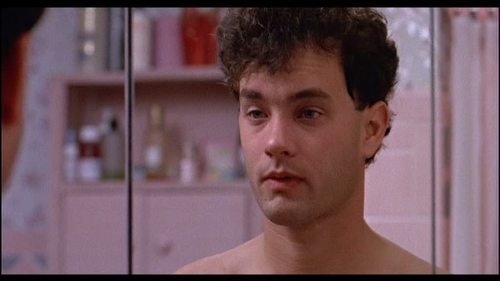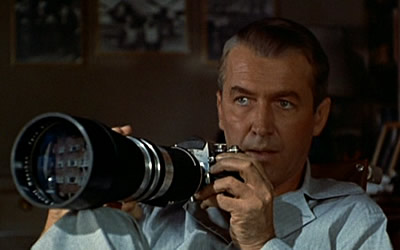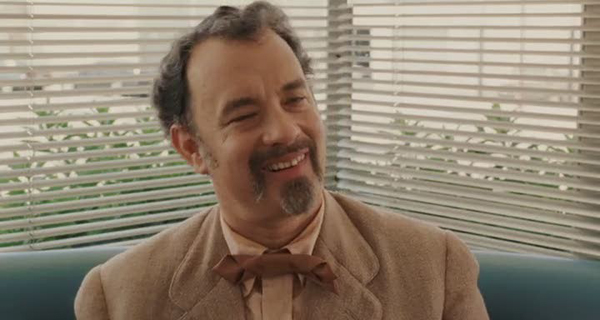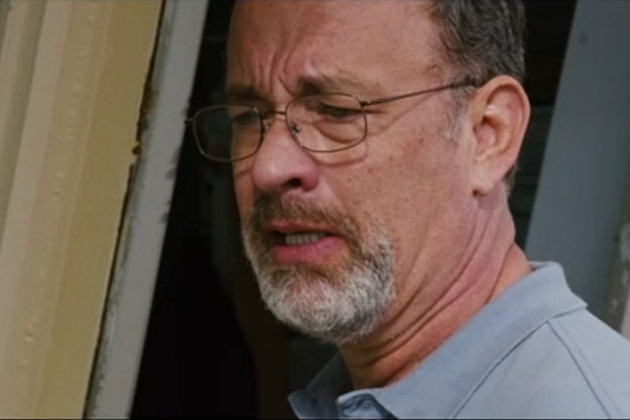PB
Peter Bart was a reporter at The New York Times and Wall Street Journal before becoming an executive at Paramount in the 1960s. He was there in the Robert Evans years when the studio turned itself around with such hits as Love Story (1970) and The Godfather (1972). In the late 1980s Bart became editor-in-chief at Variety, and stayed there for two decades.
So what's he been doing lately, at an age when most have retired? He's hanging out online at Deadline Hollywood, regularly offering his opinions on the latest in show biz. I'm sorry to report what he has to say is...not great. I usually ignore it, but a recent piece was so wrongheaded that I felt it was time to respond. It's entitled "Is Tom Hanks Trapped In His Jimmy Stewart Persona?"
We like to compare stars of today with stars of the past, and the Stewart/Hanks connection makes sense--both beloved names for many years and noted for playing All-American, basically decent men.
But the particulars of Bart's argument are bizarre. The question in the headline itself poses a false dilemma. Jimmy Stewart had one of the greatest careers ever in movies, and Tom Hanks isn't far behind, so neither seem trapped.
Here's Bart's characterization of Stewart:
[....] I’d argue that Stewart’s era in Hollywood was much friendlier to stars than is Hanks’. While Stewart could seem like a blank canvas, the studios were committed to assembling high-voltage star combinations around him. Among Stewart’s leading ladies were Marlene Dietrich, Katharine Hepburn, Lauren Bacall and Grace Kelly. Sharing top billing with him were the likes of John Wayne, Cary Grant and George C. Scott. The [....] Jimmy Stewart’s career sustained its pace because Hollywood, in its often clumsy way, understood how to treat its stars.
There's so much wrong here I don't know where to begin. For one thing, Stewart's "era"? He came up in the mid-1930s--the heart of the studio era--but then took off several years for World War II. When he returned, he grabbed the reins of his own career, choosing his projects and becoming one of the first stars to demand a percentage of the gross. He was a big name throughout the late 40s and 50s, and continued making films in the 60s and 70s, well after the studio era, even as his stardom waned.
And the studios weren't committed to "high-voltage star combinations" for Stewart. Of course there were stars in his early pictures--he was at MGM, which had more star power than anywhere else, so naturally there were other big names in his films, especially when he was doing supporting work. And yes, he often appeared opposite major female stars--that's how being a leading man works. As it is, Marlene Dietrich in Destry Rides Again and Katharine Hepburn in The Philadelphia Story needed his heat as an up-and-comer more than he needed theirs--their careers had been faltering when they appeared with Stewart. And why bring up Lauren Bacall? She appeared with Stewart in The Shootist (1976), long after the studio system died, and both were there to support leading man John Wayne.
As for male co-stars, except at the beginning of his career, Stewart was generally the one big name in his films. He first appeared with John Wayne in The Man Who Shot Liberty Valance (1962) when his best year were behind him and the studio system was essentially dead. He appeared with Cary Grant in one film, The Philadelphia Story (1940), where both were there more to prop up Katharine Hepburn. As for George C. Scott, Stewart appeared with him in Anatomy Of A Murder (1959)--at the time Scott was an unknown and being in a major film with Stewart was a big break for him, not Stewart.
Here's what Bart says about Hanks:
While Hanks too has had some talented co-stars (Meg Ryan in Sleepless in Seattle), he has essentially carried his best known hits, such as Forrest Gump, Cast Away or Philadelphia. They were Hanks vehicles. His career, to be sure, originally took off as a result of light comedies like Splash and Big, but as a young actor he soon ran into a wall of losers like Punchline, Joe Vs The Volcano and Bonfire Of The Vanities. Jumping in desperation from William Morris to CAA, Hanks came to represent one of Mike Ovitz’s success stories, with the young agency helping connect him to challenging roles in Gump and Philadelphia. [....]
Still, Hanks has not had the benefit of a studio machine behind him as Stewart had, and hence has regularly hit speed bumps. Films like Larry Crowne and The Thing You Do have apparently reminded him that his talents resided in acting, not directing. In recent years the Hanks name has appeared on curious projects such as A Hologram For The King – movies that would suggest he gets bored when not working.
Once again, where to start?
First, as established, Stewart's post-WWII leading man career had him appearing in films he generally chose, and ones where he usually he carried the movie, so the basic premise is false.
Second, why claim Hanks carried Philadelphia when he shared the lead with Denzel Washington? And would you say Hanks carried Saving Private Ryan, or was that ensemble work? The Green Mile certainly has a pretty solid supporting cast. And look at other hits of his, such as A League Of Their Own, Apollo 13 or Catch Me If You Can. The first two are more ensemble efforts and in the last he's playing support. (Other ensemble pieces include the Toy Story films, if you want to count them.)
As for the speed bumps, they happen in any lengthy career. Stewart certainly had his share of flops. And I should add a lot of people like That Thing You Do! I prefer it to a lot of Hanks' hits.
Bart's also troubled that Hanks is stuck playing All-American nice guys, like Stewart did. But Stewart often played characters with serious moral ambiguity. Just look at his Westerns for Anthony Mann, or his Hitchcock films. Though Stewart has the screen image of a nice guy, he often showed an angry streak, and sometimes a fair amount of lust.
Hanks, too, has had fairly diverse roles. Saving Private Ryan had him play the hero, but the film was savagely violent. In Philadelphia, he played a gay man with AIDS at a time that wasn't too common for big names. He's a hitman in Road To Perdition and a criminal mastermind in The Ladykillers (and in the latter has a wild Southern accent). In The Terminal he's an Eastern European. In Cloud Atlas he plays several roles, including a thug with a cockney accent. Yes, he often plays the good-guy hero--an occupational hazard of leading men--but he's stretched plenty.
But Bart is still worried:
[Hanks] has played essentially the same character in his last few movies — the stolid and stalwart hero in Captain Phillips, in Bridge Of Spies and, now, in Sully, in which he’s the brave pilot who can land on water if not walk on it.
First, Hanks is 60. Generally, when male movie stars hit their 50s--it happened to both Hanks and Stewart--it's harder to pull off romantic leads and action parts, so that Hanks is still a lead is not insignificant. And that his choices are more limited is predictable.
Second, these three films are moneymakers, so if this is a rut, who wouldn't want to be in it? (And yet, when Hanks tries something different like A Hologram For The King, Bart blames him for taking the project.)
Finally, Hanks is still trying new things. His title role in Captain Phillips may be heroic, but the most memorable moment is at the end, when he's rescued and basically suffers a breakdown. Too bad Bart, who mangles the past and has trouble seeing the present, didn't notice.








0 Comments:
Post a Comment
<< Home